Malawi eye-biter - Dimidiochromis compressiceps
Scientific name: Dimidiochromis compressiceps
Common name: Malawi eye-biter
Family: Cichlidae
Usual size in fish tanks: 15 - 25 cm (5.91 - 9.84 inch)
014
Recommended pH range: 7.8 - 8.6
Recommended water hardness: 9 - 19°N (160.71 - 339.29ppm)
0°C 32°F30°C 86°F
Recommended temperature range: 24 - 27 °C (75.2 - 80.6°F)
The way how these fish reproduce: Spawning
Where the species comes from: Africa
Temperament to its own species: peaceful to females
Temperament toward other fish species: aggressive to smaller
Usual place in the tank: Top levels
Short description
Dimidiochromis compressiceps is a streamlined, laterally-compressed haplochromine predator from Lake Malawi, famous for its ambush behavior among Vallisneria beds and its tendency to target the eyes of similarly sized rivals—hence the common name “eye-biter.” In the aquarium it is fast, powerful, and highly visual; provide ample open swimming space and a long tank footprint. Avoid housing with small tankmates—it will treat them as food.
Minimum tank size & aquascape
- Minimum tank (single adult male with females): 500 L (≥150 cm length). For mixed hap setups, 600–700 L with ≥180 cm length is strongly recommended.
- Layout: Sandy substrate with large open areas for sprinting; a few rock piles for line-of-sight breaks; optional tall, strap-like plants (e.g., Vallisneria) to emulate hunting cover.
- Flow & oxygenation: Moderate flow, strong aeration/filtration. Keep water ultra-clean to prevent bloat and gill issues.
Water parameters
Maintain stable alkaline conditions typical of Lake Malawi: pH 7.8–8.6 and hardness around 9–19 °dGH. Temperature 24–27 °C (75–81 °F). Prioritize stability over “chasing numbers.” Perform regular, substantial water changes (30–50 % weekly) to control nitrate.
Diet (Food & feeding)
A strict piscivore in nature; in aquaria accept high-quality carnivore/hap pellets, krill, mysis, chopped prawn/shrimp, mussel, and small portions of white-fish fillet. Feed modest portions 1–2× denne to avoid obesity and fatty liver. Avoid: feeder fish (disease risk, encourages hyper-predation), mammalian meat (beef heart), and excessively fatty seafood. Rotate foods to ensure complete nutrition.
Behavior & compatibility
- Intraspecific: Males are territorial, especially in breeding color. Keep one male with a small harem (2–3 females) in large tanks.
- Interspecific: Predatory; will harass or eat smaller fish. Mix only with similarly sized, robust Lake Malawi haps/utaka that occupy different niches.
- Aquascape tips: Long sightlines reduce panic sprints; add rock “islands” to break aggression loops.
Recommended tank mates (Malawi hap/utaka, similar size ±20%)
- Cyrtocara moorii (20–25 cm) – peaceful sand sifter; different feeding niche.
- Copadichromis borleyi (15–20 cm) – utaka; midwater planktivore (borderline smaller → needs size parity).
- Protomelas taeniolatus (15–20 cm) – robust but not hyper-aggressive.
- Sciaenochromis fryeri (15–20 cm) – assertive; mix only in large tanks with careful ratio.
- Nimbochromis venustus (up to ~25–30 cm) – works in very large systems; monitor dominance.
Avoid: Mbuna and any small or slender species; ornamental livebearers; juveniles of larger species.
Sexing
Males develop intense metallic blues/greens with extended fins and often orange to red edging in the dorsal/anal fins; females and juveniles are silvery with a dark lateral stripe and subtler patterning. Adult males are noticeably larger and more imposing.
Breeding
- Mode: Maternal mouthbrooder (spawning on open sand or shallow pits near vegetation).
- Clutch & incubation: ~20–60 eggs; incubation ~21–28 days at ~26 °C. Female stops feeding while holding.
- Rearing: Fry are sizable and predatory early; offer newly freed fry with enriched brine shrimp, finely chopped mysis/krill, and quality crumble.
- Note: Provide visual cover and low stress; strip holding females only if necessary and experienced.
Plants (from the same region / biotope-friendly)
Lake Malawi shorelines can feature tall stands of Vallisneria, which this species uses for ambush cover. In aquaria, hardy Vallisneria spp. are the most authentic choice. Ceratophyllum demersum (hornwort) is cosmopolitan and may also be used, but most Malawi displays remain sparsely planted due to cichlid behavior and hard, alkaline water.
Care level
Intermediate to advanced: requires large, well-filtered tanks, disciplined stocking, and predator-appropriate feeding. Rewarding centerpiece hap when kept with suitable tankmates and space.
Picture
Thanks to Marwin! Other pictures were bought from jjphoto.dk.
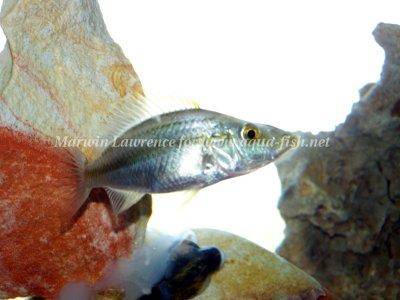






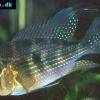 Thread-finned
Thread-finned 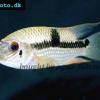 Acara
Acara 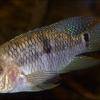 Yellow
Yellow 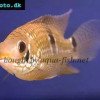 Patrick's
Patrick's 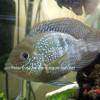 Blue
Blue 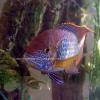 Green
Green 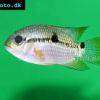 Acara
Acara 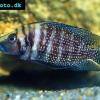 White
White 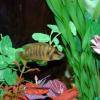 Compressed
Compressed 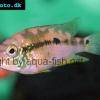 Pastel
Pastel 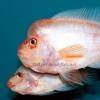 Midas
Midas 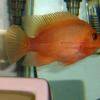 Red
Red 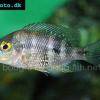 Bluemouth
Bluemouth 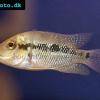 False
False 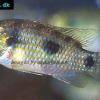 African
African 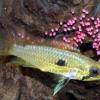 Agassiz's
Agassiz's 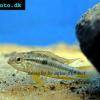 Banded
Banded 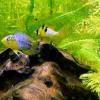 Yellow
Yellow 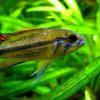 Cockatoo
Cockatoo 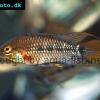 Blue
Blue 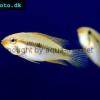 Blackstripe
Blackstripe 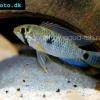 Highfin
Highfin 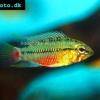 Redstripe
Redstripe 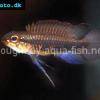 Threadfinned
Threadfinned 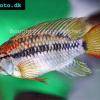 Macmaster’s
Macmaster’s 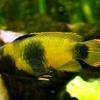 Panda
Panda 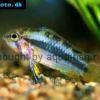 Norbert’s
Norbert’s 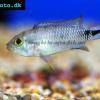 Blue
Blue 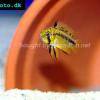 Thin-line
Thin-line 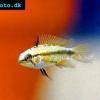 Three-striped
Three-striped 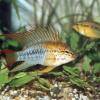 Viejita
Viejita 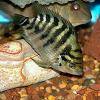 Flier
Flier 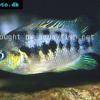 Archocentrus
Archocentrus 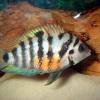 Convict
Convict 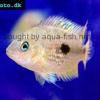 Seven
Seven 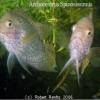 Spiny
Spiny 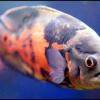 Oscar
Oscar 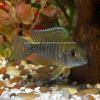 Sunshine
Sunshine 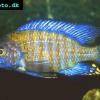 Chitande
Chitande 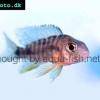 Firebird
Firebird 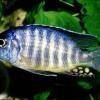 Midnight
Midnight 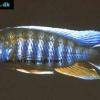 Lake
Lake 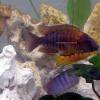 Sunshine
Sunshine 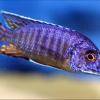 Aulonocara
Aulonocara 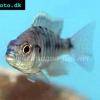 Nyasa
Nyasa 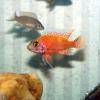 Ruby
Ruby 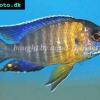 Grants
Grants 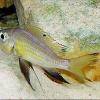 Aulonocranus
Aulonocranus 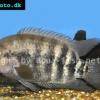 Chameleon
Chameleon 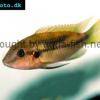 Benitochromis
Benitochromis 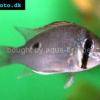 Orinoco
Orinoco 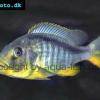 Yellow
Yellow 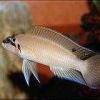 Brichard’s
Brichard’s 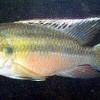 Guenther’s
Guenther’s 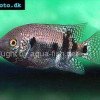 Southern
Southern 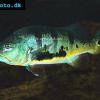 Cichla
Cichla 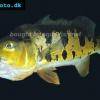 Peacock
Peacock 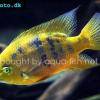 Chiseltooth
Chiseltooth 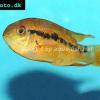 Bolivian
Bolivian 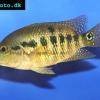 Red
Red 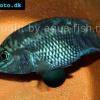 Many-pointed
Many-pointed 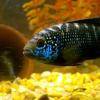 Jack
Jack 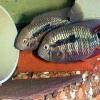 Red
Red 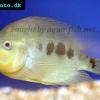 Three
Three 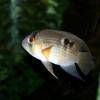 Keyhole
Keyhole 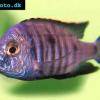 Azureus
Azureus 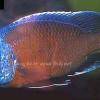 Red
Red 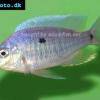 Jackson’s
Jackson’s 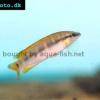 Crenicichla
Crenicichla 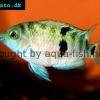 Honduran
Honduran 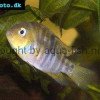 Blue-eye
Blue-eye 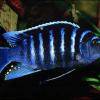 Afra
Afra 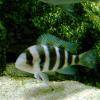 Frontosa
Frontosa 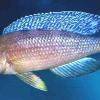 Slender
Slender 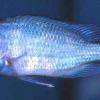 Malawi
Malawi 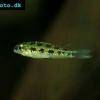 Chequerboard
Chequerboard 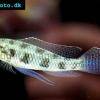 Checkerboard
Checkerboard 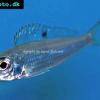 Ectodus
Ectodus 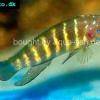 Tanganyika
Tanganyika 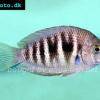 Canara
Canara 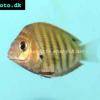 Green
Green 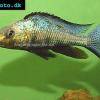 Rostratus
Rostratus 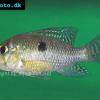 Pearl
Pearl 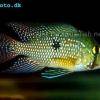 Geophagus
Geophagus 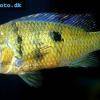 Yellowhump
Yellowhump 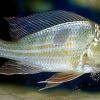 Suriname
Suriname 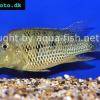 Redhump
Redhump 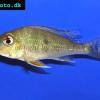 Red
Red 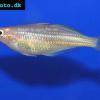 Dority’s
Dority’s 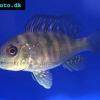 Argentine
Argentine 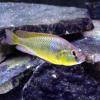 Burton’s
Burton’s 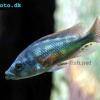 Victoria
Victoria 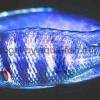 Haplochromis
Haplochromis 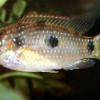 Jewel
Jewel 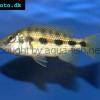 Banded
Banded 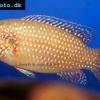 Lifalili
Lifalili 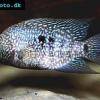 Lowland
Lowland 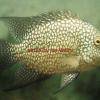 Texas
Texas 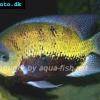 Pantano
Pantano 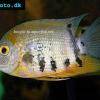 Severum
Severum 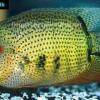 Banded
Banded 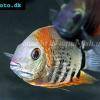 Severum
Severum 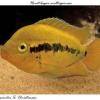 Rainbow
Rainbow 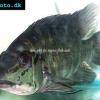 Parrot
Parrot 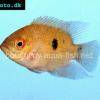 Chocolate
Chocolate 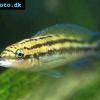 Brown
Brown 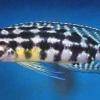 Marlieri
Marlieri 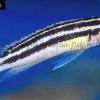 Golden
Golden 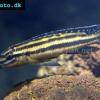 Striped
Striped 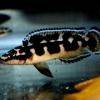 Masked
Masked 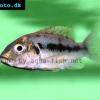 Konye
Konye 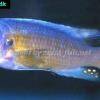 Blue
Blue 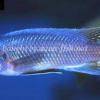 Trewavas
Trewavas 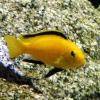 Electric
Electric 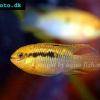 Dwarf
Dwarf 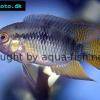 Redbreast
Redbreast 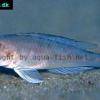 Lamprologus
Lamprologus 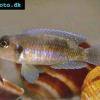 Gold
Gold 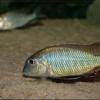 Greenface
Greenface 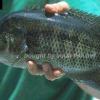 Mayan
Mayan 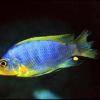 Aurora
Aurora 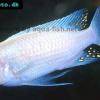 Blue
Blue 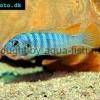 William’s
William’s 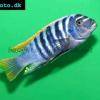 Zebra
Zebra 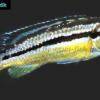 Malawi
Malawi 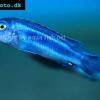 Blue
Blue 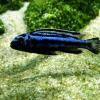 Blue
Blue 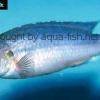 Mbuna
Mbuna 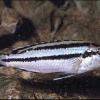 Parallel
Parallel 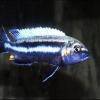 Purple
Purple 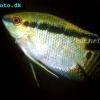 Flag
Flag 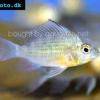 Bolivian
Bolivian 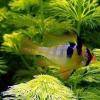 Ram
Ram 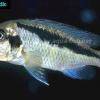 Basket
Basket 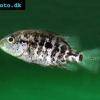 Haitian
Haitian 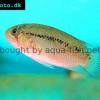 Zebra
Zebra 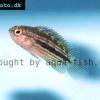 Striped
Striped 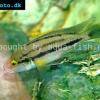 Neolamprologus
Neolamprologus 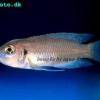 Brevis
Brevis 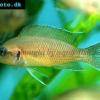 Fairy
Fairy 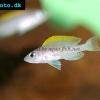 Neolamprologus
Neolamprologus 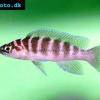 Cylindricus
Cylindricus 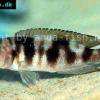 Hecq’s
Hecq’s 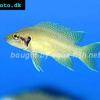 Neolamprologus
Neolamprologus 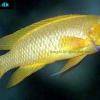 Lemon
Lemon 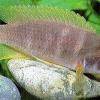 Mustax
Mustax 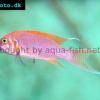 Daffodil
Daffodil 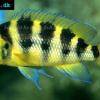 Six-bar
Six-bar 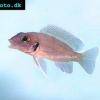 Five-bar
Five-bar 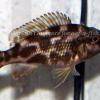 Marbled
Marbled 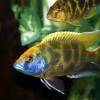 Giraffe
Giraffe 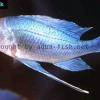 Blue
Blue 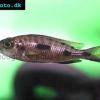 Sulphurhead
Sulphurhead 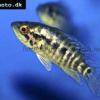 Wolf
Wolf 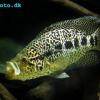 Jaguar
Jaguar 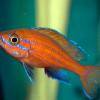 Blue
Blue 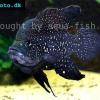 Marakeli
Marakeli 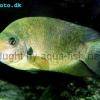 Madagascar
Madagascar 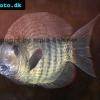 Pinstripe
Pinstripe 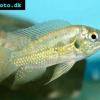 Pelmatochromis
Pelmatochromis 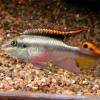 Kribensis
Kribensis 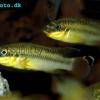 Striped
Striped 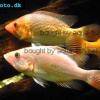 Red
Red 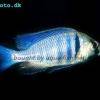 Deepwater
Deepwater 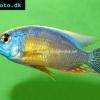 Fenestratus
Fenestratus 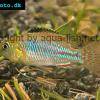 Nichols’
Nichols’ 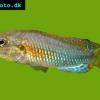 Southern
Southern 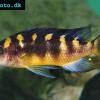 Bumble
Bumble 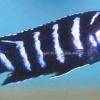 Demason’s
Demason’s 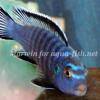 Slender
Slender 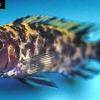 Red
Red 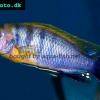 Mbuna
Mbuna 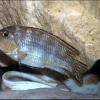 Malawi
Malawi 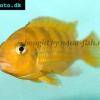 Kenyi
Kenyi 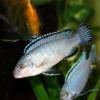 Powder
Powder 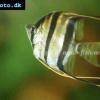 Altum
Altum 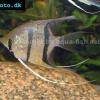 Angelfish
Angelfish 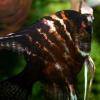 Angelfish
Angelfish 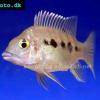 East
East 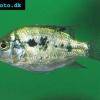 Juba
Juba 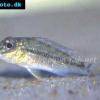 Earth
Earth 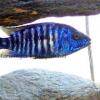 Electric
Electric 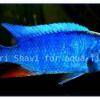 Azure
Azure 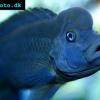 Lionhead
Lionhead 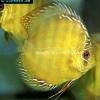 Discus
Discus 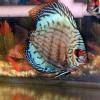 Blue
Blue 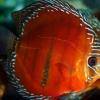 Red
Red 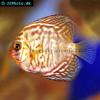 Zebra
Zebra 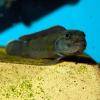 Brichard’s
Brichard’s 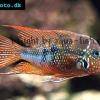 Blue
Blue 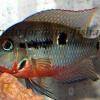 Firemouth
Firemouth 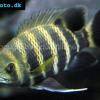 Zebra
Zebra 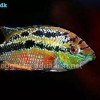 Yellow
Yellow 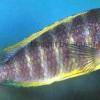 Blue
Blue 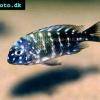 Dwarf
Dwarf  Blunthead
Blunthead 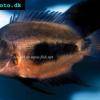 The
The 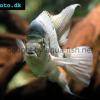 White
White 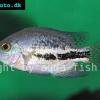 Twoband
Twoband 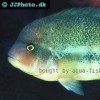 Fenestratus
Fenestratus 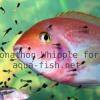 Window
Window 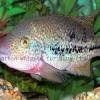 Tailbar
Tailbar 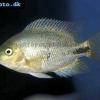 Black
Black 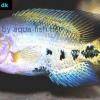 Redhead
Redhead 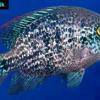 Oaxaca
Oaxaca 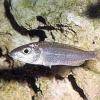 Xenotilapia
Xenotilapia